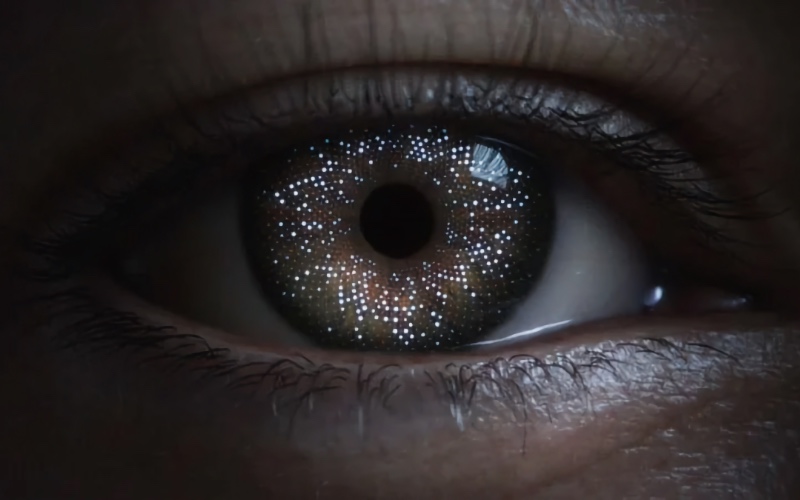

Apple’s recently unveiled Vision Pro handset uses a new biometric authentication method called Optic ID, which uses iris scanning for the first time ever on an Apple device. Cameras in the headset scan the user’s eye, much like Face ID scans a user’s face, using the unique layout of a subject’s iris to verify their identity.
Apple Vision Pro is built on a strong foundation of privacy and security, and keeps users in control of their data.
Optic ID is a new secure authentication system that analyzes a user’s iris under various invisible LED light exposures, and then compares it to the enrolled Optic ID data that is protected by the Secure Enclave to instantly unlock Apple Vision Pro. A user’s Optic ID data is fully encrypted, is not accessible to apps, and never leaves their device, meaning it is not stored on Apple servers.
Where a user looks stays private while navigating Apple Vision Pro, and eye tracking information is not shared with Apple, third-party apps, or websites. Additionally, data from the camera and other sensors is processed at the system level, so individual apps do not need to see a user’s surroundings to enable spatial experiences. EyeSight also includes a visual indicator that makes it clear to others when a user is capturing a spatial photo or video.
Via Optic ID, users can unlock their headsets, unlock passwords, and authorize purchases, much like Face ID and Touch ID on current Apple devices. The Optic ID information is encrypted and is stored on the device and only on the device. The data is stored in the Secure Enclave processor so it can never be accessed by Apple or third-party developers.